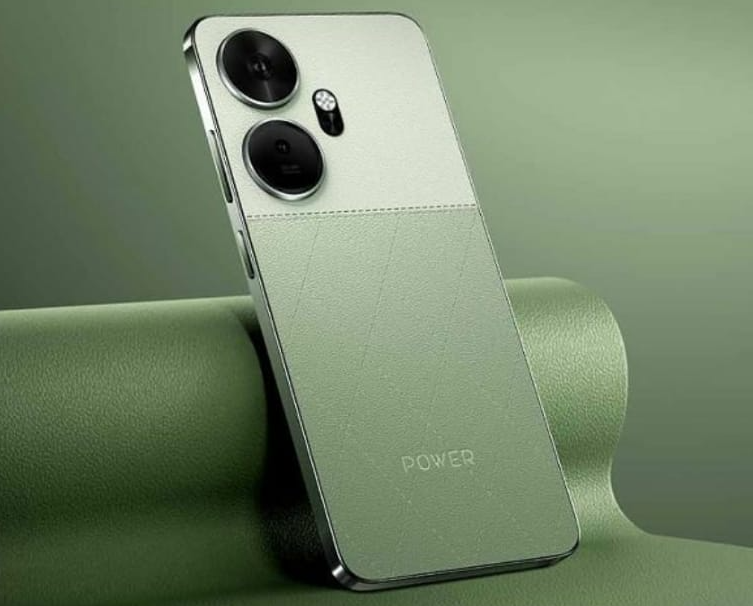Itel has introduced two new smartphones under its Power series, the Itel P55 and P55+. These phones are designed to fulfil the requirements of modern smartphone users by providing long-lasting battery life, fast charging, multitasking, increased storage, and display clarity.
The Power series launch has strengthened Itel’s position in the sub-10K segment by offering innovative products tailored to meet the needs of the Gen-Z demographic in the Indian market. The launch of the P55 and P55+ highlights the brand’s commitment to providing premium features at a competitive price point.
The Itel P55+ has a vegan leather body with 3D stitching. It offers 45W Power charging, taking the smartphone from 0% to 100% in just 72 minutes or 70% in 30 minutes. The P55, on the other hand, offers 18W Fast Charge for efficient top-ups on its expansive 5000mAh battery.
Both P55 models offer exceptional performance capabilities. The P55+ has 256GB ROM and 16GB* RAM (8+8 configuration), and the P55 has 24GB* RAM and 128GB ROM, making it India’s first smartphone in the segment with such RAM. Both models feature a 50MP AI Dual Camera system, providing intelligent photography enhancements and crystal-clear images.
The P55+ has a 6.6″- HD+ display with a 90Hz refresh rate for seamless visuals. The P55 features a 6.6″ HD+ display with a 90Hz refresh rate, ensuring captivating gameplay, movie marathons, and browsing experiences.
The introductory offer for the Itel P55 and P55+ models is a ₹500 discount, with bank offers. The Itel P55, 4+8GB + 128GB variant, will be available online at an attractive price of ₹6999/- with the offer, while the 8+16GB + 128GB variant will be available offline for ₹8999/-. The Itel P55+ with 8+8GB + 256GB will be available online at an attractive price of ₹9499/- with the offer.
Itel is set to launch the final addition to the Power series, the Itel P55T, in the last week of February. It is the world’s first smartphone with Android 14 GO out of the box and a 6000 mAh battery. Each smartphone comes with a unique set of features to meet the varied and diverse needs of the modern youth of India, ensuring a Power Play for the users.
